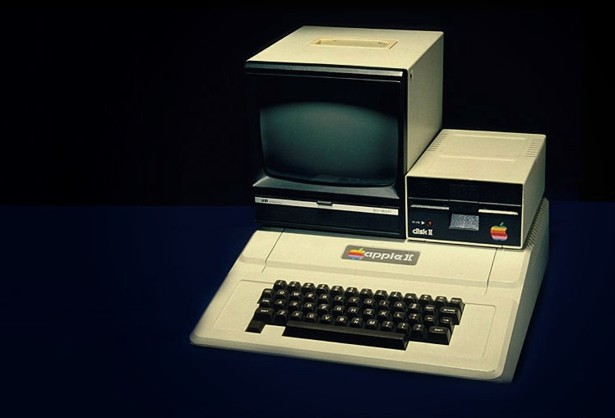
The success of the Internet can therefore, in many ways, be seen as the success of an open system and open architecture in the face of proprietary competition.Īpproximately 15 years after the first computers became operational, researchers began to realize that an interconnected network of computers could provide services that transcended the capabilities of a single system. The success of such networks in many ways limited the interest of companies like IBM and Compuserve in the Internet.

By the late 1980s, IBM's proprietary SNA data networking business unit already had several billions of dollars of annual revenue for networking hardware, software, and services. These were proprietary systems that, for the most part, owed little to academic research, and indeed were to a large extent invisible to the academic computer networking community. In the mid-1980s, for example, hundreds of thousands of workers at IBM were using electronic networks (such as the VNET) for worldwide e-mail and file transfers banks were performing electronic funds transfer Compuserve had a worldwide network Digital Equipment Corporation (DEC) had value-added networking services and a VNET-based academic network known as BITNET had been established. It specifically ignores other networking activities of a more proprietary nature.
COMPUTERS AT WORK 1990S FULL
The final section of the chapter summarizes the lessons to be learned from history.īy focusing on the Internet, this chapter does not address the full scope of computer networking activities that were under way between 19. Most recently, in the early 1990s, the invention of the Web made it much easier for users to publish and access information, thereby setting off the rapid growth of the Internet. In this era, the National Science Foundation (NSF) was the major supporter of networking, primarily through the NSFNET, which evolved into the Internet. As their potential to improve personal communications and collaboration became apparent, additional academic disciplines and industry began to use the technol. During the 1980s, networks were widely deployed, initially to support scientific research. Most were federally funded, because, with a few exceptions, industry had not yet realized the potential of the technology. These networks were primarily research tools, not service providers.

During the 1970s, experimental networks, notably the ARPANET, were constructed. Before 1970, individual researchers developed the underlying technologies, including queuing theory, packet switching, and routing. This history is divided into four distinct periods. The chapter is not intended to be comprehensive rather, it focuses on the federal role in both funding research and supporting the deployment of networking infrastructure. This chapter traces the development of the Internet, 1 one aspect of the broader field of data networking. This research capitalized on the ubiquity of the nation's telephone network, which provided the underlying physical infrastructure upon which the Internet was built. The projects produced communications protocols that define the format of network messages, prototype networks, and application programs such as browsers.
COMPUTERS AT WORK 1990S DRIVER
In fact, the Web-now considered to be a major driver of the way society accesses and views information-is the result of numerous projects in computer networking, mostly funded by the federal government, carried out over the last 40 years. The recent growth of the Internet and the World Wide Web makes it appear that the world is witnessing the arrival of a completely new technology.

Development of the Internet and the World Wide Web


 0 kommentar(er)
0 kommentar(er)
